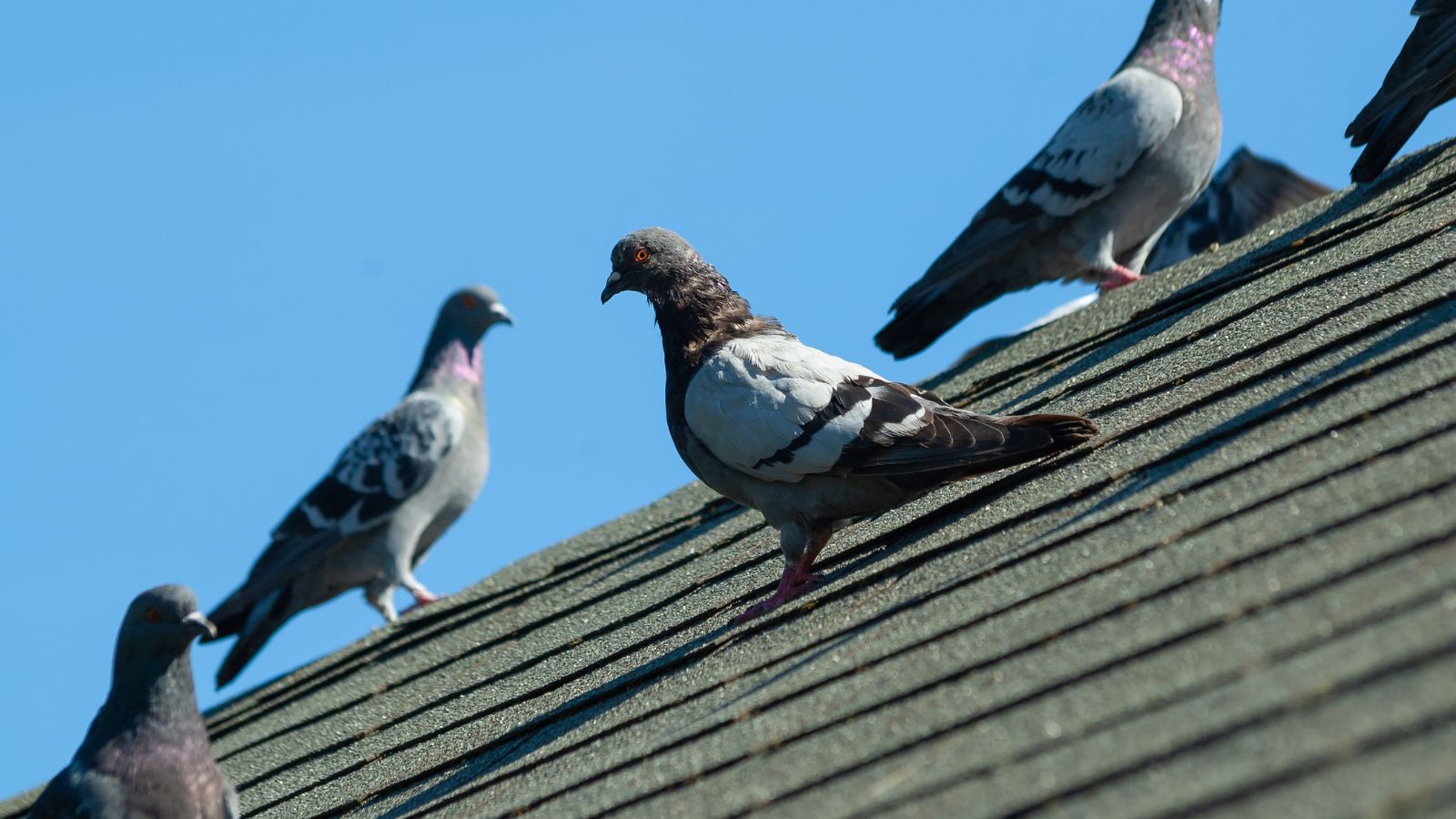6 signs mould is growing under your floor — and how to get rid of it
Are you ignoring signs of mould under flooring? This is one area where it can be hard to spot mould, unlike on walls, but there are clues to be on the lookout for
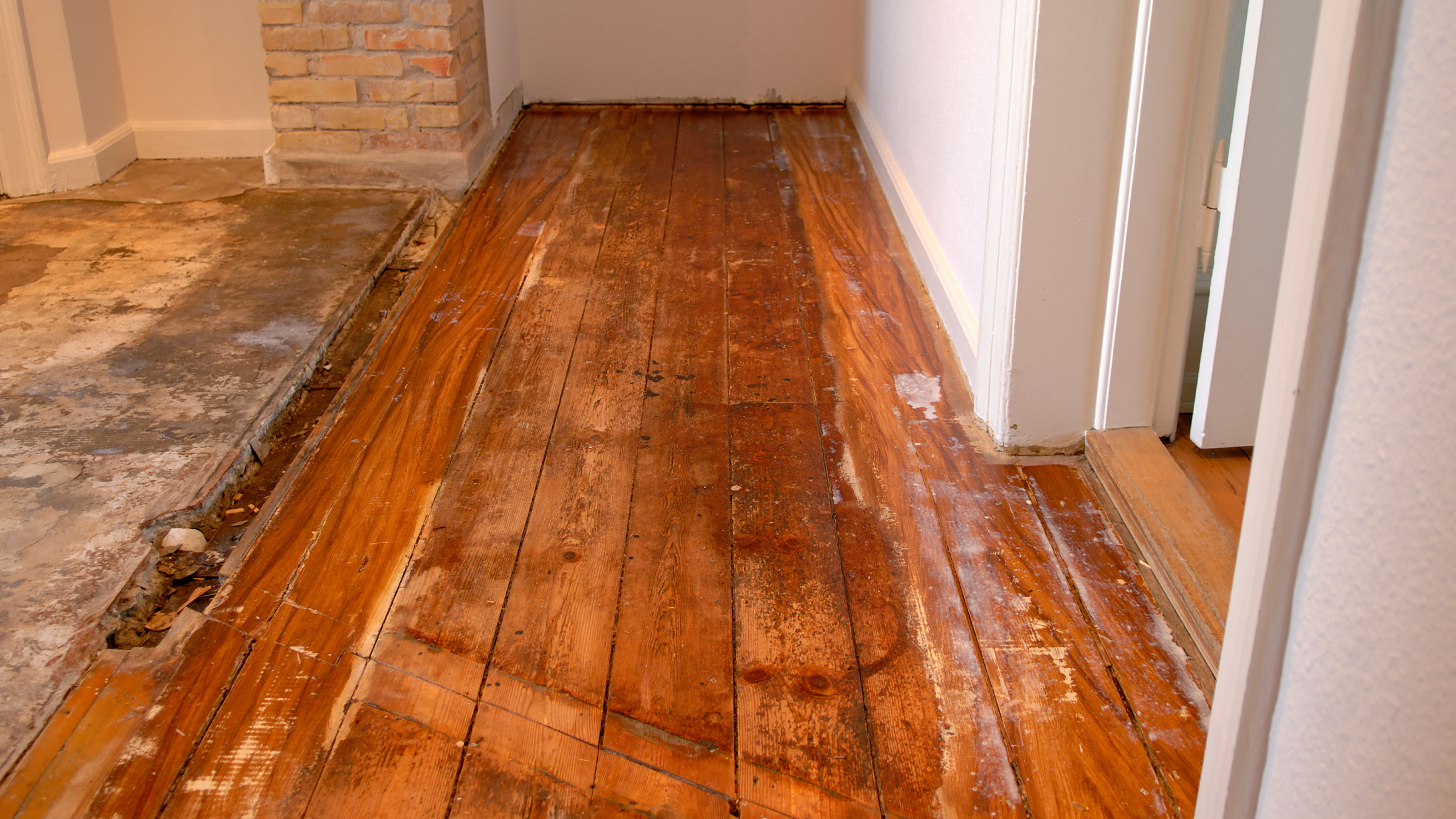
Mould under flooring can occur with many different types of flooring, although it tends to be more common with some than others.
While mould removal from walls, ceilings and other visible surfaces is usually pretty straightforward, spotting and dealing with it when it is hidden from sight, under your floor covering is quite another matter.
In this guide, we take a look at the signs that could point to a mould problem lurking under your flooring and explain what the cause of the issue could be, as well how to get rid of it and prevent it from returning.
Signs of mould under flooring
There are several ways to spot a mould issue hiding under your flooring, whether you have wooden flooring, carpet, laminate or something like vinyl or linoleum. Be on the lookout for:
1. Surface discolouration or water marks: This one should be immediately obvious. From fuzzy stains and distortion of floorboards to weird damp-patches on carpets.
2. Musty odour: Mould is often detectable by its smell — a musty, earthy odour is a strong sign there may be mould under your flooring.
3. Tidemarks on walls: If you have a case of rising damp, you may well find this has resulted in mould formation under your flooring. Look for tidemarks extending up to 900mm above floor level.
4. Peeling paint or wallpaper: Check the walls above your floor — peeling paint or paper is a sign that damp is travelling upwards from beneath your floor.
5. Distortion of materials: Timber, vinyl, lino and laminate all have a tendency to buckle, swell, lift, twist and warp when damp gets in underneath.
6. Visual confirmation: If all signs point towards an underfloor mould problem then you will need to lift your floor covering and see whether your suspicions are correct. While disruptive, it is usually possible to lift just a small, discreet section to check
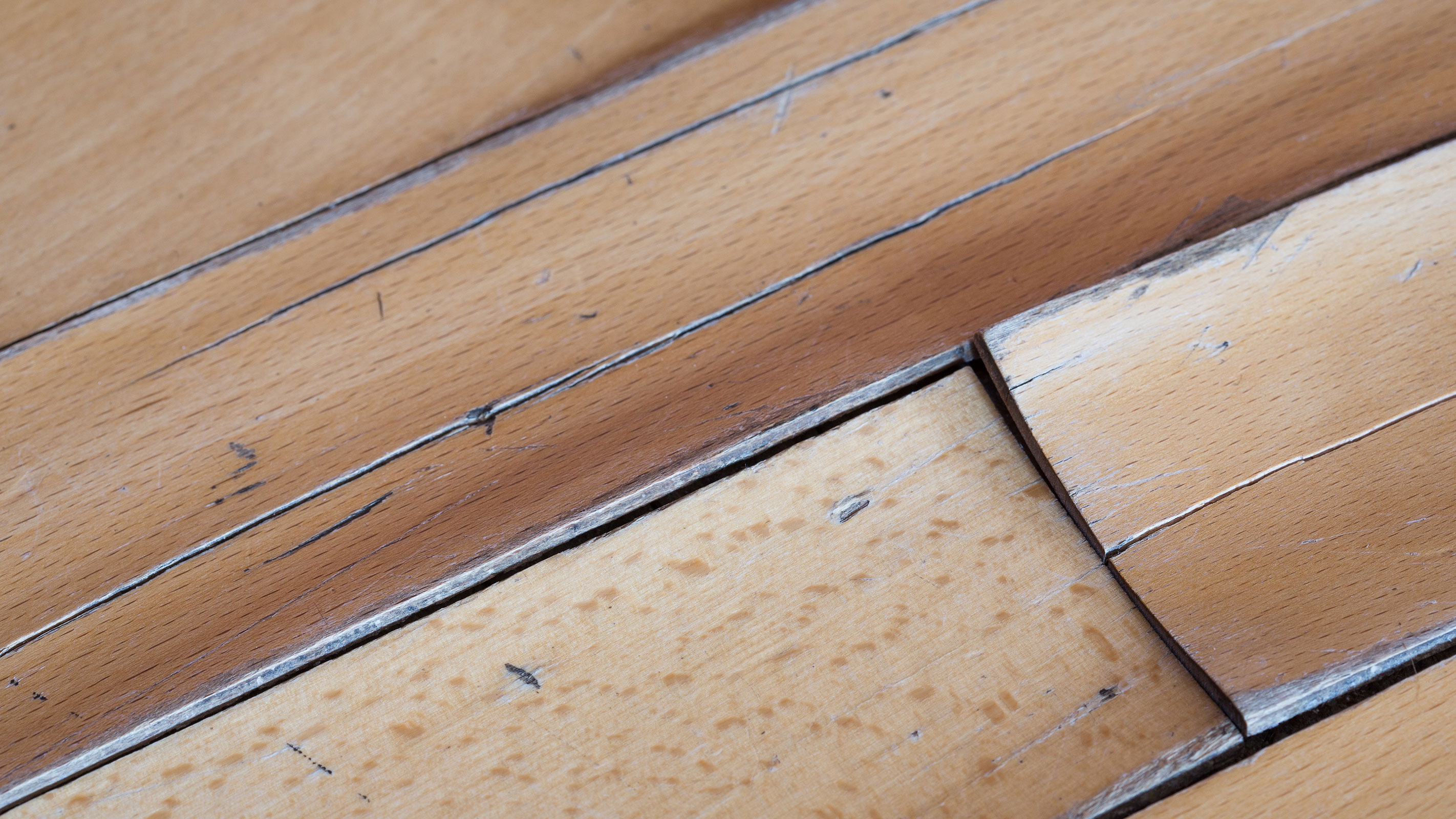
What causes mould under flooring?
There are several reasons why you might be suffering from mould growth under floors, but the main cause is damp. In short, if water or excess moisture is allowed to get under your flooring and is given no way out, then mould will, eventually, form.
There are many reasons why moisture might get trapped under your floors, from leaks and flooding to the use of inappropriate floor coverings.
"Floors become damp where the evaporation of moisture from below is inhibited by vinyl sheet, rubber-backed carpets or other impervious coverings," explains Douglas Kent, technical director at the Society for the Protection of Ancient Buildings (SPAB). "New concrete floors or impervious coverings also drive excess moisture into the bases of nearby walls (including chimney stacks), where it rises by capillary action."
"Condensation and a lack of adequate ventilation are leading causes for the build up of damp problems within a building," say the experts at Timberwise. "If there is damp below the floorboards on a ground floor level, then it could well be that you have not got sufficient ventilation to help disperse the moisture rising out of the earth, meaning that the moist air instead comes to rest on the different building materials below your floorboards, and as the temperature changes this air will turn back into a liquid form, and from here become damp.
"A similar problem can arise out of excess condensation not being allowed to ventilate correctly. If you have a ground floor bathroom for example that is not fitted with sufficient ventilation, then you may find that condensation allows for the build up of damp not only on the walls of the bathroom, but also on the ceiling itself. In this situation, it's highly likely that the damp stemming from the condensation is not just sitting on the ceiling of your bathroom but is also spreading beneath the floorboards of the first floor."
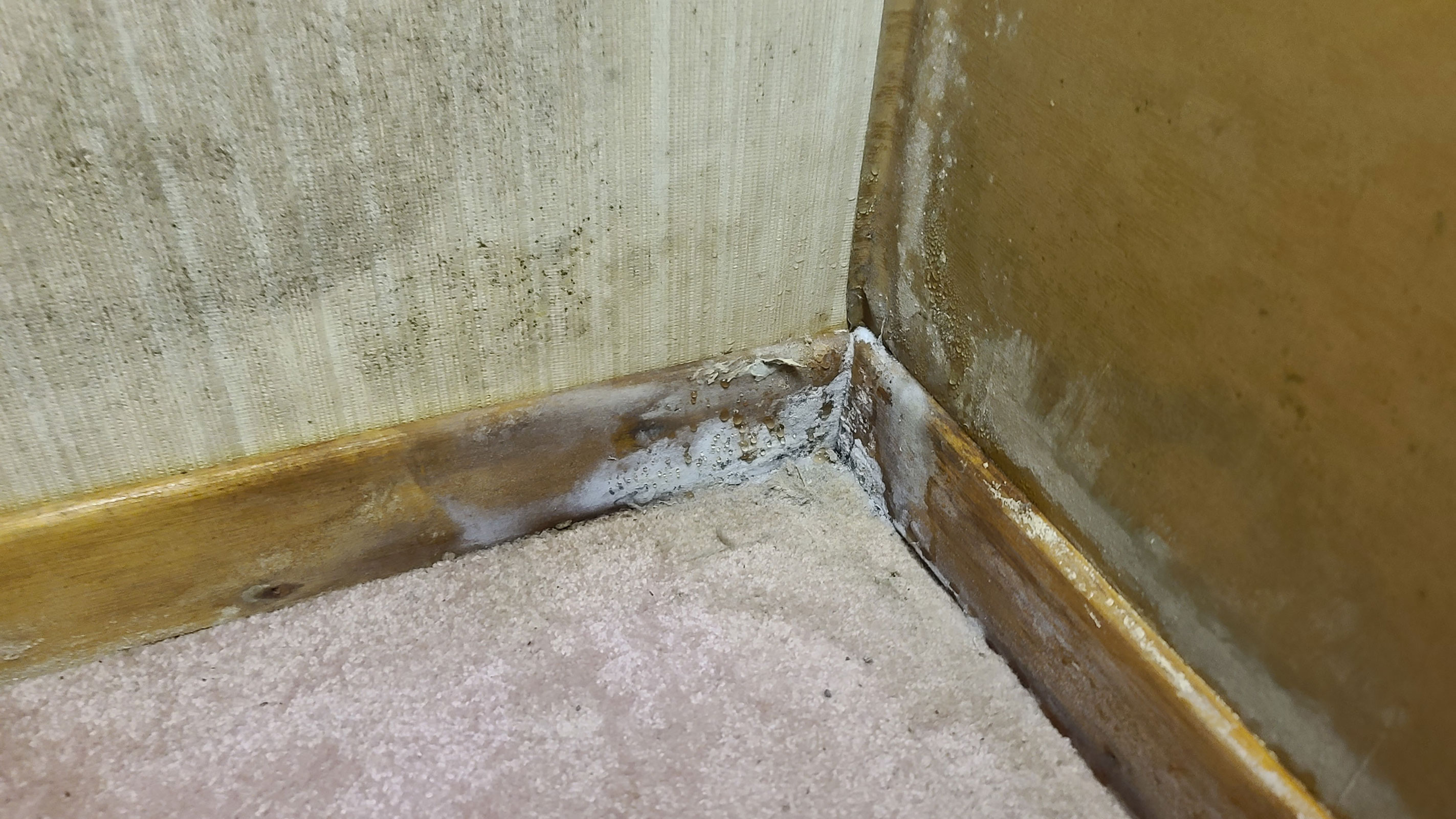
Dealing with damp under floors
If you have found evidence of damp under your floors then you will obviously be keen to get rid of it before you have a mould problem on your hands.
The very first thing you will need to do is to work out how the moisture is getting under your flooring in the first place. Check for leaking pipes or defective rainwater goods and consider the choice of floor covering you have opted for.
"Damp proof courses were not compulsory in walls prior to 1875 but this is only likely to become a problem where breathability is compromised," explains Douglas Kent. "In addition to rising damp, below ground moisture can result in problems where ground levels around your building rise unduly.The best solution to rising damp may well be to take measures that help your building breathe. Replacing hard cement render or pointing using a more suitable lime-based mortar often improves a damp wall and enables rising damp to dry out. Conversely, the application of waterproof renders and bituminous coatings tends to create or exacerbate damp problems."
"Commonly, rising damp is treated with a damp proof course and penetrating damp with a blend of masonry repair and the use of damp proofing materials on affected areas," advise Timberwise. "Ventilation and condensation are easily recognised and treated with behavioural adjustments and by installing ventilation, whilst leaking pipes can be fixed by a plumber."
And, finally, do make sure, when placing insulation under suspended timber floors, that it is breathable to avoid damp problems.
"Insulation should be inserted with a snug fit between the joists. Ideally, this will be a breathable insulation (sheep wool, wood fibre, hemp, etc.)," advises expert in sustainable building methods and energy efficiency in residential homes Tim Pullen. What we mean by 'breathable' is a material that is able to absorb and release moisture. The area under a floor can often be damp, and breathable material will protect the floor timbers from moisture.
"A non-breathable material (mineral wool, phenolic foam, EPS, etc.) will absorb moisture and retain it which, over time, tends to encourage dry rot in the timbers. These materials can also shrink after a while, leaving gaps that negate the draught proofing benefit," concludes Tim.
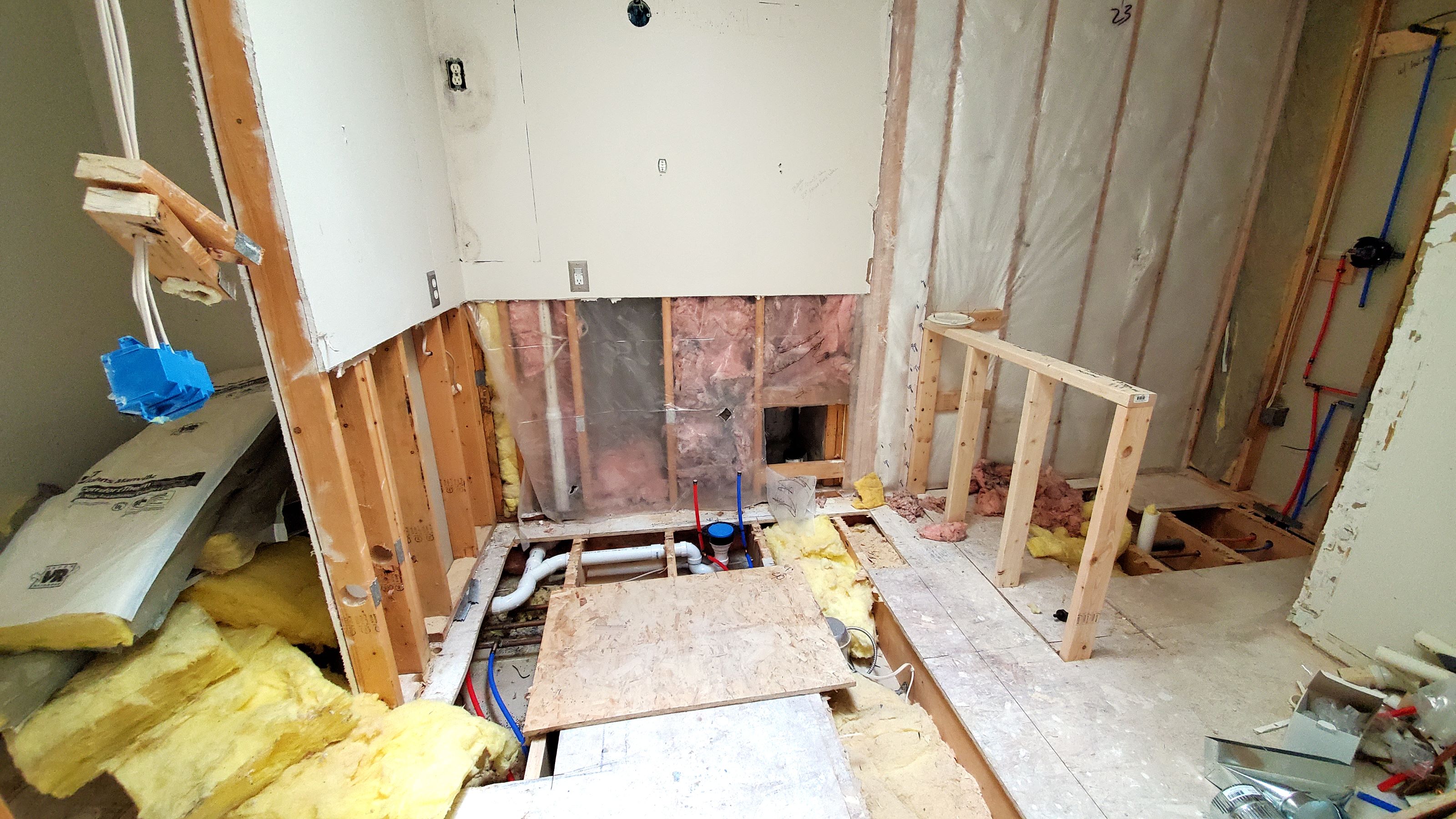
How to remove mould from carpet
If you have been unlucky enough to discover mould under your floors then you will no doubt be keen to get rid of it as soon as possible. The best method for mould removal will depend on the type of flooring you have.
If you are dealing with mould on carpets, then the experts at Online Carpets have some tips.
"Using a wet vacuum helps with the immediate elimination of water, reducing the likelihood of dampness and the subsequent development of stubborn mildew stains. You can hire a wet vacuum if this is something you don’t already own, or don’t want to purchase," they say. "Additionally, having adequate airflow within the affected space becomes vital in expelling any lingering odours and aiding the drying process, diminishing any potential long-term damage.
"Check the padding underneath your carpet to see if it needs to be replaced. If the water has seeped too far into the padding, it may be more prone to producing mould, so it’s best to check, remove, and replace if needed," continue Online Carpets. "The application of disinfectant chemicals, such as Lysol or other designated carpet cleaning solutions, is encouraged to eliminate any bacteria and germs, thereby reinstating the hygiene and safety of the carpeted surface. Baking soda is also a good alternative to lifting water damage out of your carpet. For larger scale problems, this may not be the best choice, and should only be used for smaller water damaged areas."
In the case of vinyl and linoleum flooring, it can be harder to spot damp or mould as it often gets trapped beneath these materials. It can be caused by all kinds of things, from leaking pipes to poor quality flooring, as well as bad installation and flooding.
In some cases, simple using a dehumidifier, improving ventilation or even raising the temperature of the room a little might improve things. However, if mould has taken hold, it might be necessary to lift vinyl and linoleum, allow the floor to dry out and then replace it. If you have chosen tiles or planks, this should be easier than if you have sheet or rolls of the product.
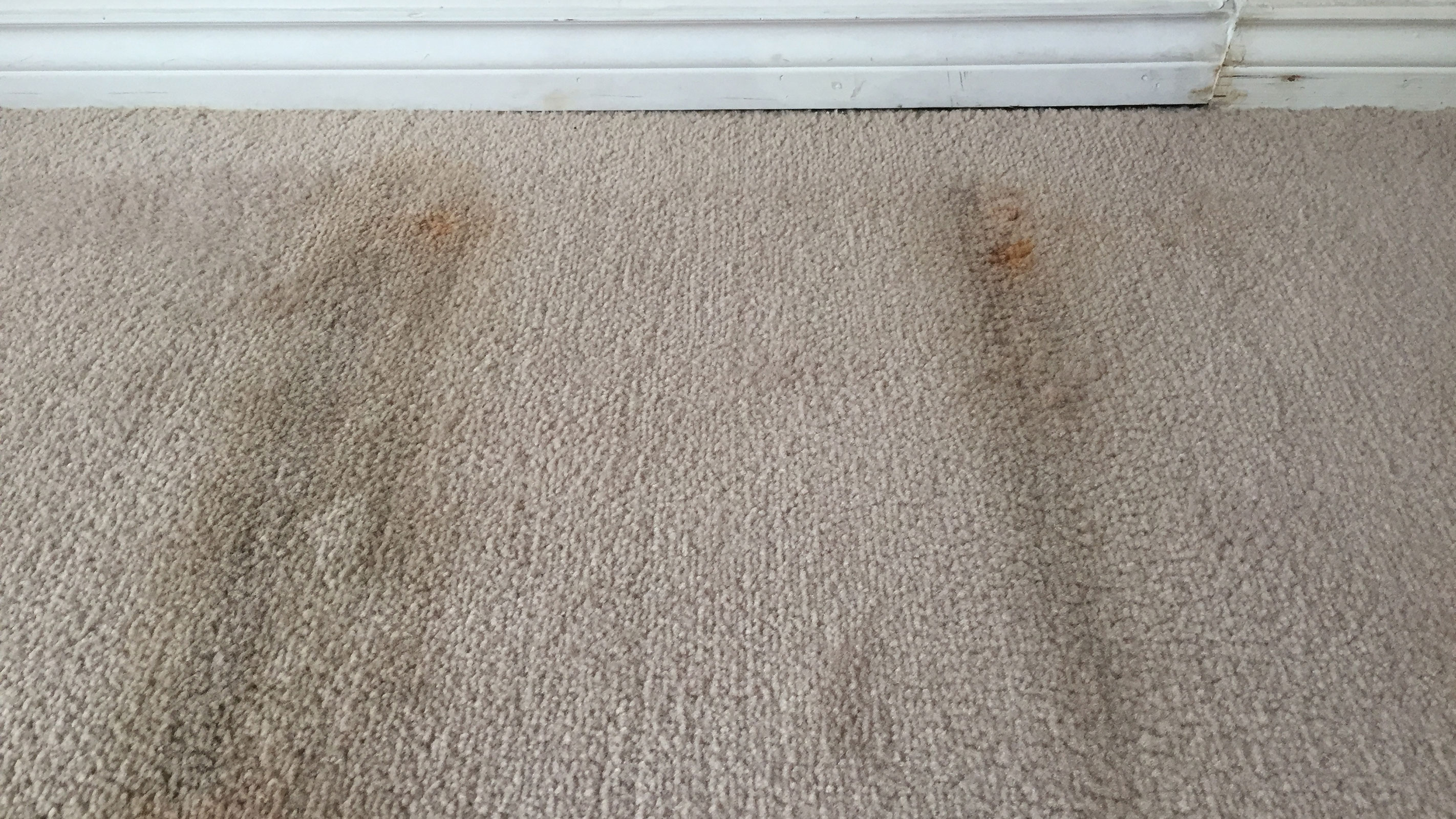
Dealing with mould under wooden floors
If you have found mould under timber floors, a different approach will be required.
If your floorboards and the joists are salvageable, there are easy ways to remove mould from them. Washing them with warm, soapy water and allowing them to dry out thoroughly is a good solution. You should finish the process by giving them a final wipe down with distilled white vinegar in order to kill any mould spores that might linger. They should then be left to air dry.
If any the floor is beyond help then you will need to look into how to revive wood floors instead.
Get the Homebuilding & Renovating Newsletter
Bring your dream home to life with expert advice, how to guides and design inspiration. Sign up for our newsletter and get two free tickets to a Homebuilding & Renovating Show near you.
Natasha was Homebuilding & Renovating’s Associate Content Editor and was a member of the Homebuilding team for over two decades. In her role on Homebuilding & Renovating she imparted her knowledge on a wide range of renovation topics, from window condensation to renovating bathrooms, to removing walls and adding an extension. She continues to write for Homebuilding on these topics, and more. An experienced journalist and renovation expert, she also writes for a number of other homes titles, including Homes & Gardens and Ideal Homes. Over the years Natasha has renovated and carried out a side extension to a Victorian terrace. She is currently living in the rural Edwardian cottage she renovated and extended on a largely DIY basis, living on site for the duration of the project.

